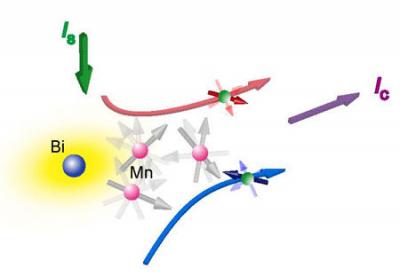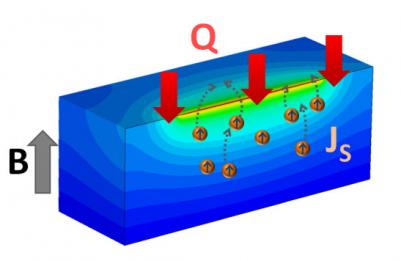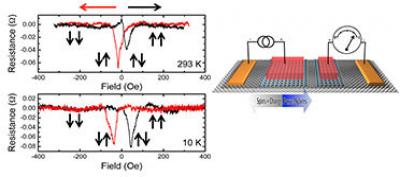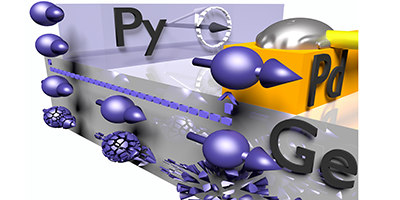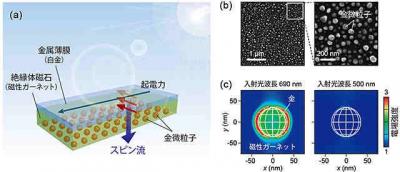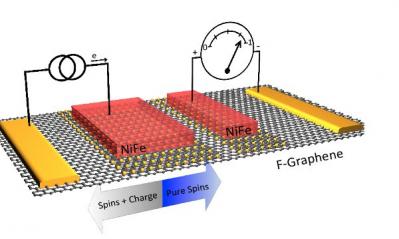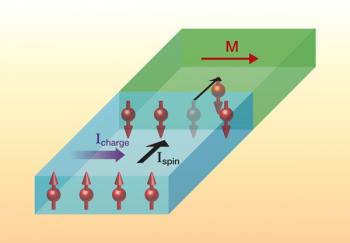JGU establishes a new spintronics junior research group
The Johannes Gutenberg University Mainz (JGU), with funding from the German Research Foundation (DFG), is setting up an Emmy Noether independent junior research group to study spintronics.
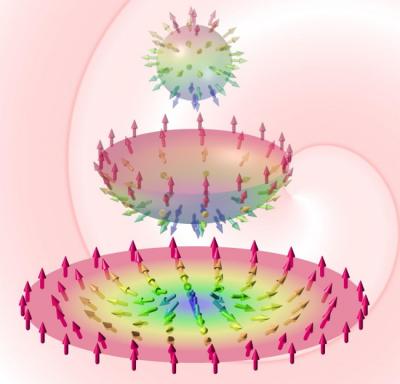
Specifically, the TWIST (Topological Whirls in SpinTronics) work group will study skyrmions - magnetic "particles" or nodes within a magnetic texture. Skyrmions are more stable than other magnetic structures and react particularly readily to spin currents - which makes them interesting for spintronics applications.
